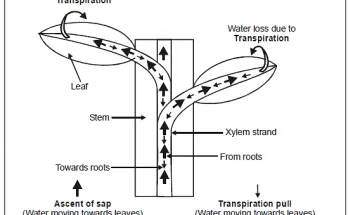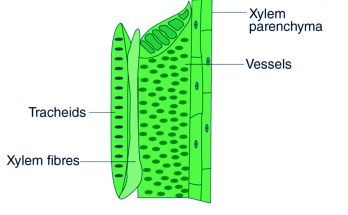Transverse Section of Leaf
The transverse section of a leaf is a cross-sectional view revealing the internal structure and organisation of cells, which is critical for understanding functions and adaptations.Leaf has several layers – the upper and lower epidermis, palisade and spongy parenchyma and vascular bundles. Stomata and air spaces regulate gas exchange, while xylem and phloem transport water, minerals, and nutrients.
Transverse Section of Leaf Read More


